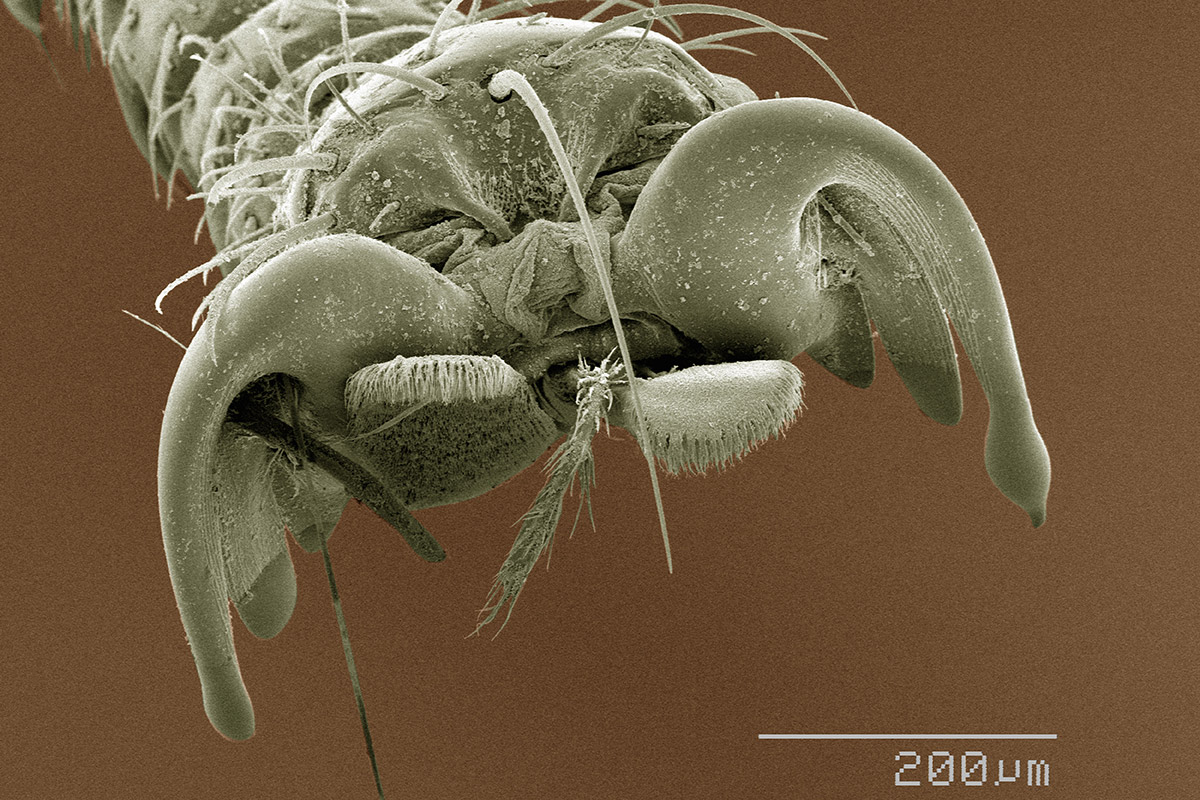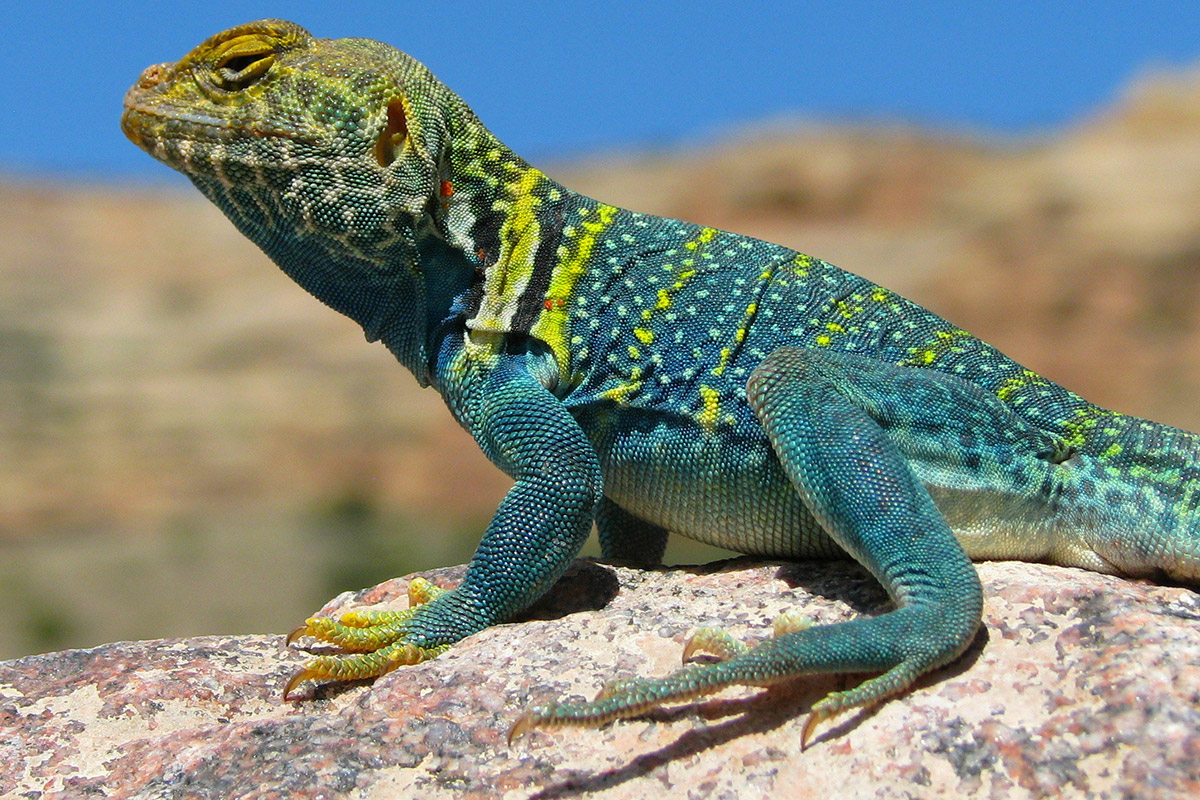13 Extremely Strange Animal Feet
Sticky flies

Flies can easily scurry across surfaces while upside-down, and their secret lies in a special adhesive cocktail that coats their setae — tiny hairs on their feet. A fly's foot comes equipped with two ample adhesive pads called pulvilli, which create a broad surface for gripping wherever the fly is walking. The setae that cover these pads are covered with oils and sugars that form a powerful gluelike substance. In fact, the glue is so strong that the fly must use special claws on its foot to pry itself free whenever it takes a step.
Bipedal lizards

North American collared lizards have back legs that are muscular and powerful, with odd-looking feet that sport toes of different lengths and which branch in different directions. They use their unusual appendages for swift bipedal running, rearing up onto their hind legs and darting with a stride that can measure up to three times the lizards' body length, according to the Arizona Sonora Desert Museum. Collared lizards are speedy runners, capable of accelerating to 16 miles per hour (26 km/h), about as fast as a sprinting human, the American Museum of Natural History reported.
Heavy metal snails

Many types of mollusks grow hard shells to protect their soft and squishy bodies. But the most metal of them all is the scaly-foot snail, which lives near hydrothermal vents in the Indian Ocean and uses special bacteria to construct a shell and foot scales out of iron sulfide. The plates on the snail's foot, which resemble layers of chainmail, may help to deflect the venomous barbs of predatory snails that shoot their projectiles into their prey's exposed flesh, Wired reported.
Sign up for the Live Science daily newsletter now
Get the world’s most fascinating discoveries delivered straight to your inbox.

Mindy Weisberger is an editor at Scholastic and a former Live Science channel editor and senior writer. She has reported on general science, covering climate change, paleontology, biology and space. Mindy studied film at Columbia University; prior to Live Science she produced, wrote and directed media for the American Museum of Natural History in New York City. Her videos about dinosaurs, astrophysics, biodiversity and evolution appear in museums and science centers worldwide, earning awards such as the CINE Golden Eagle and the Communicator Award of Excellence. Her writing has also appeared in Scientific American, The Washington Post and How It Works Magazine. Her book "Rise of the Zombie Bugs: The Surprising Science of Parasitic Mind Control" will be published in spring 2025 by Johns Hopkins University Press.










